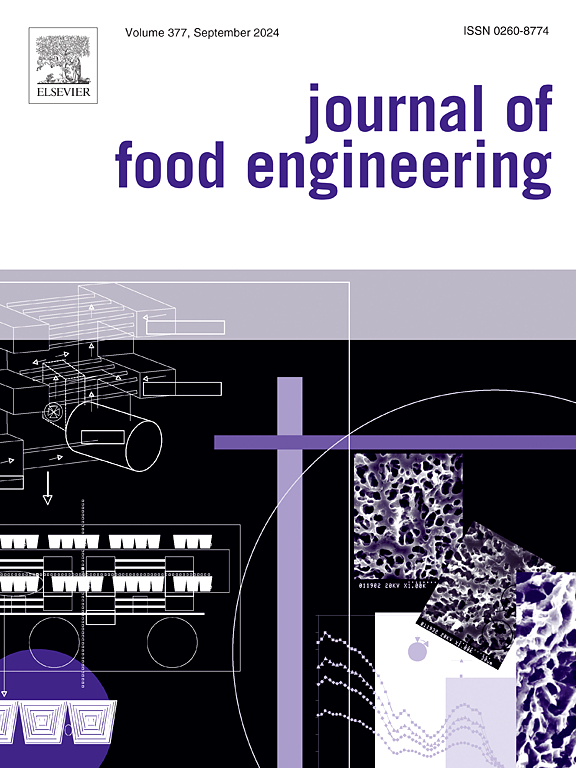Explainable artificial intelligence (xAI) applied to deep computer vision of microscopy imaging and spectroscopy for assessment of oleogel stability over storage
IF 5.3
2区 农林科学
Q1 ENGINEERING, CHEMICAL
引用次数: 0
Abstract
During storage, changes in crystal lattice conformation of wax-based oleogels can cause oil to separate from the matrix, affecting appearance, texture and, consequently, perceived quality. In this sense, our study investigated conformational changes through microscopic images of oleogels stored during to nine months and explored the relation between these changes and oil holding capacity or oil loss. A comparative analysis between these results and non-invasive techniques via spectroscopic methods was performed, with the aim of obtaining complementary interpretation about the structural and chemical transformations of oleogels over storage. We employed a convolutional neural network (CNN) coupled with explainable artificial intelligence (XAI) to analyse the microscopic images, allowing us to identify the most influential crystalline regions for prediction. Classification model for oleogel storage period achieved accuracy of 87.53%. The results demonstrate that the use of deep computer vision systems (DCVS) combined with XAI provides an effective approach to monitor the storage stability of different oleogels, based on the detailed analysis of crystalline networks depicted in microscopic images. Near-infrared (NIR) and Raman spectroscopy were applied to identify oleogel modifications during storage. The VIP scores from NIR and Raman models indicated changes in bands associated with oxidation process, allowing to associate them with physical changes in the crystal conformation and the loss of oil holding capacity.

将可解释人工智能 (xAI) 应用于显微成像和光谱学的深度计算机视觉,以评估油凝胶在储存过程中的稳定性
在储存过程中,蜡基油凝胶的晶格构象的变化会导致油从基质中分离出来,从而影响外观、质地,从而影响感知质量。在这个意义上,我们的研究通过油凝胶在6 - 9个月的储存期间的显微图像来研究构象变化,并探讨这些变化与持油能力或油损失之间的关系。通过光谱方法将这些结果与非侵入性技术进行了比较分析,目的是获得关于油凝胶在储存过程中结构和化学转变的补充解释。我们使用卷积神经网络(CNN)和可解释的人工智能(XAI)来分析微观图像,使我们能够确定最具影响力的晶体区域进行预测。油凝胶储存期分类模型准确率达到87.53%。结果表明,基于微观图像中描述的晶体网络的详细分析,使用深度计算机视觉系统(DCVS)结合XAI提供了一种有效的方法来监测不同油凝胶的存储稳定性。利用近红外光谱和拉曼光谱对油凝胶在贮存过程中的变化进行了表征。来自近红外和拉曼模型的VIP分数表明与氧化过程相关的波段变化,允许将它们与晶体构象的物理变化和持油能力的损失联系起来。
本文章由计算机程序翻译,如有差异,请以英文原文为准。
求助全文
约1分钟内获得全文
求助全文
来源期刊

Journal of Food Engineering
工程技术-工程:化工
CiteScore
11.80
自引率
5.50%
发文量
275
审稿时长
24 days
期刊介绍:
The journal publishes original research and review papers on any subject at the interface between food and engineering, particularly those of relevance to industry, including:
Engineering properties of foods, food physics and physical chemistry; processing, measurement, control, packaging, storage and distribution; engineering aspects of the design and production of novel foods and of food service and catering; design and operation of food processes, plant and equipment; economics of food engineering, including the economics of alternative processes.
Accounts of food engineering achievements are of particular value.
 求助内容:
求助内容: 应助结果提醒方式:
应助结果提醒方式:


